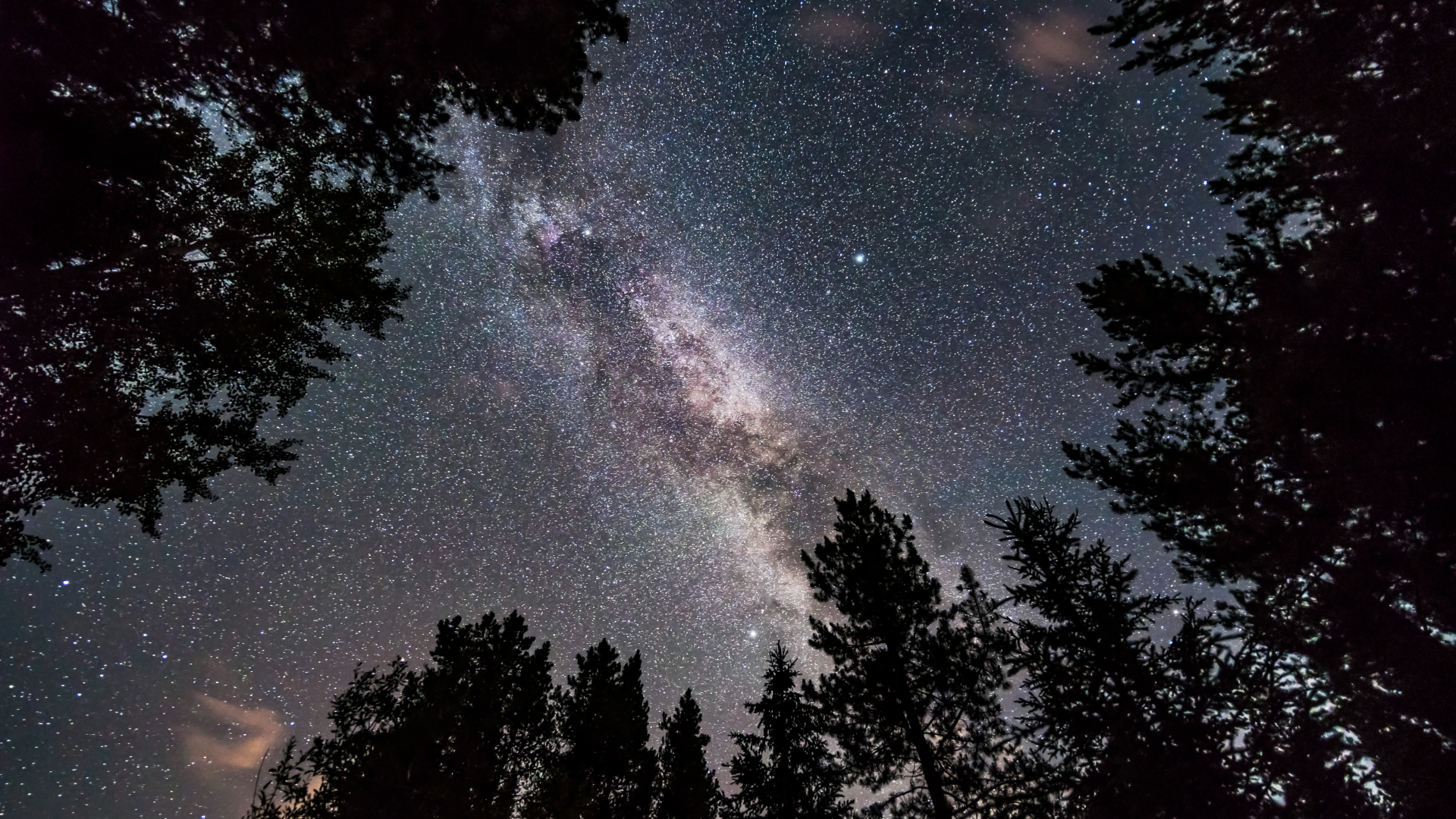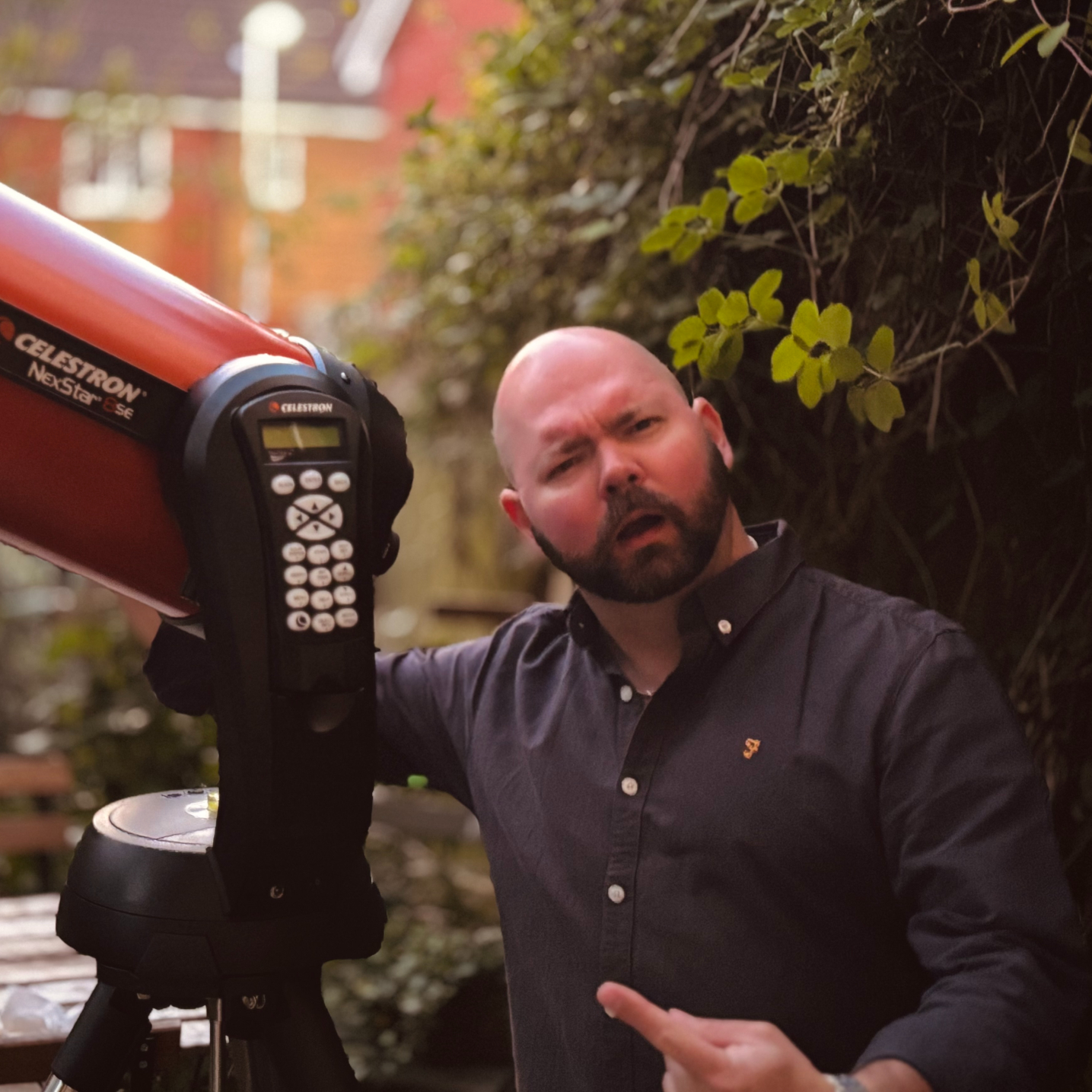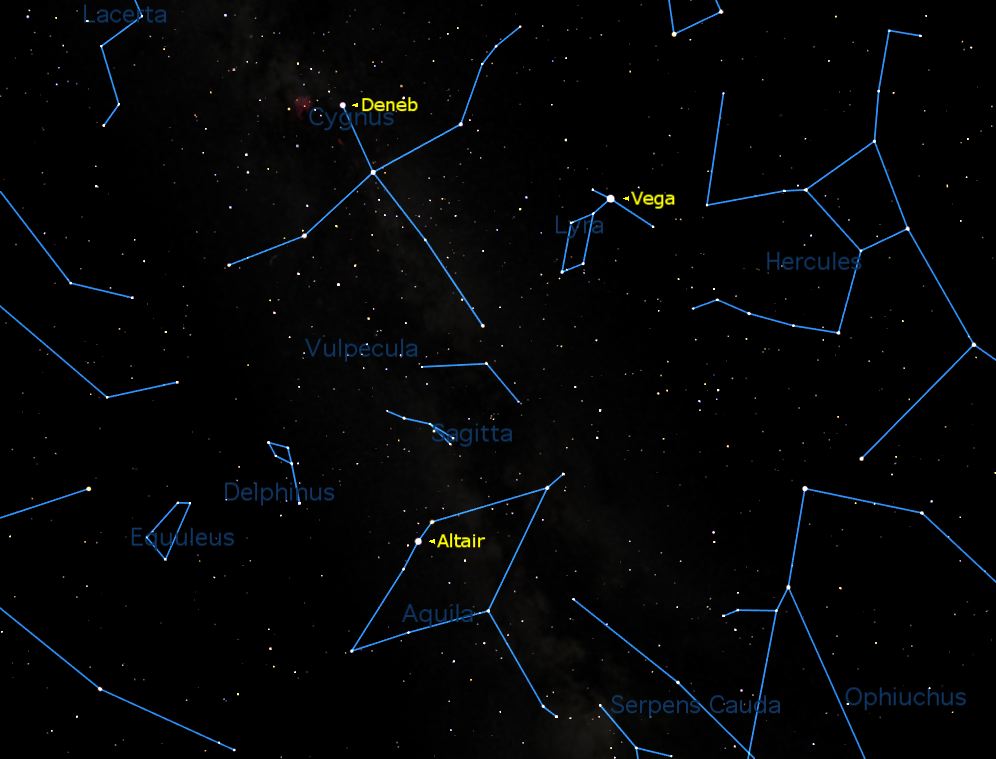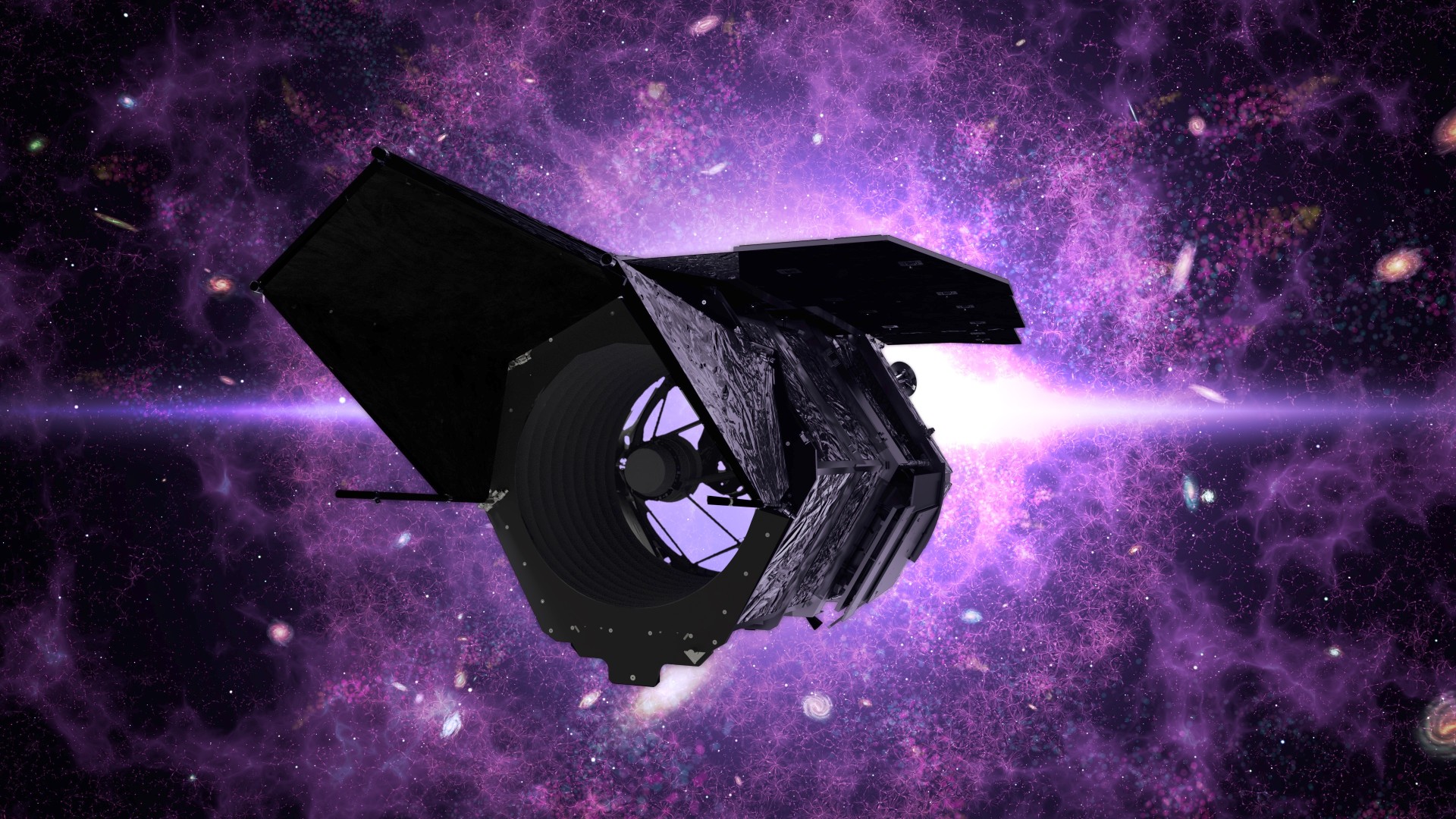Don't miss the stars of the 'Summer Triangle' twinkle with the Milky Way after sunset
Altair, Vega and Deneb can be seen shining with the Milky Way throughout August.

The nights surrounding Aug. 29 are a great time to spot the stars of the famous 'Summer Triangle' asterism, bisected by the glowing band of the Milky Way, with an early-setting crescent moon providing a perfect setting for the stellar hunt.

If you're looking for an affordable pair of binoculars for stargazing, the Celestron Nature DX 12x56 are a good option. They feature excellent build quality, close focussing, good magnification (12x) and a large aperture (56mm). We reviewed the Celestron Nature DX 12x56 and rated them very highly.
Each of the stars of the Summer Triangle belongs to a separate constellation in the night sky. Altair, the lowest point of the triangle, can be found twinkling to the left of the Milky Way in the constellation Aquila, high above the southern horizon after sunset in August. Blue-white Vega, the brightest star of the constellation Lyra, sits to its upper right on the opposite side of the ribbon of dust, gas and stars representing the galactic disk.
Deneb, which forms the tail of the swan represented by the constellation Cygnus, appears to be embedded directly in the hazy profile of the Milky Way, completing the triangle formation.
The 6-day-old 40%-lit moon sets less than three hours after sundown on Aug. 29, presenting a clear sky in which to explore the majesty of the stellar trio. Each of the stars has been subjected to intense scientific scrutiny over recent decades, revealing fascinating insights into their diverse natures.
Vega, for example, is only 450 million years old — a child compared to our 4.5 billion-year-old sun — and spins so fast that it completes a full rotation once every 12.5 hours, just 10% under the critical rotation speed that would see it rip itself apart.
Altair, meanwhile, orbits within the Milky Way just 16.3 light-years from Earth, making it one of the closest visible stars in our night sky, while supergiant Deneb is doomed to one day evolve into a red giant star, before ending in a dramatic supernova explosion.
Want to learn the asterisms and constellations of the night sky by heart? Then be sure to check out our guide to the best smartphone astronomy apps, which use augmented reality technology to point the way to both stars and deep sky objects alike.
Breaking space news, the latest updates on rocket launches, skywatching events and more!

Anthony Wood joined Space.com in April 2025 after contributing articles to outlets including IGN, New Atlas and Gizmodo. He has a passion for the night sky, science, Hideo Kojima, and human space exploration, and can’t wait for the day when astronauts once again set foot on the moon.
You must confirm your public display name before commenting
Please logout and then login again, you will then be prompted to enter your display name.

